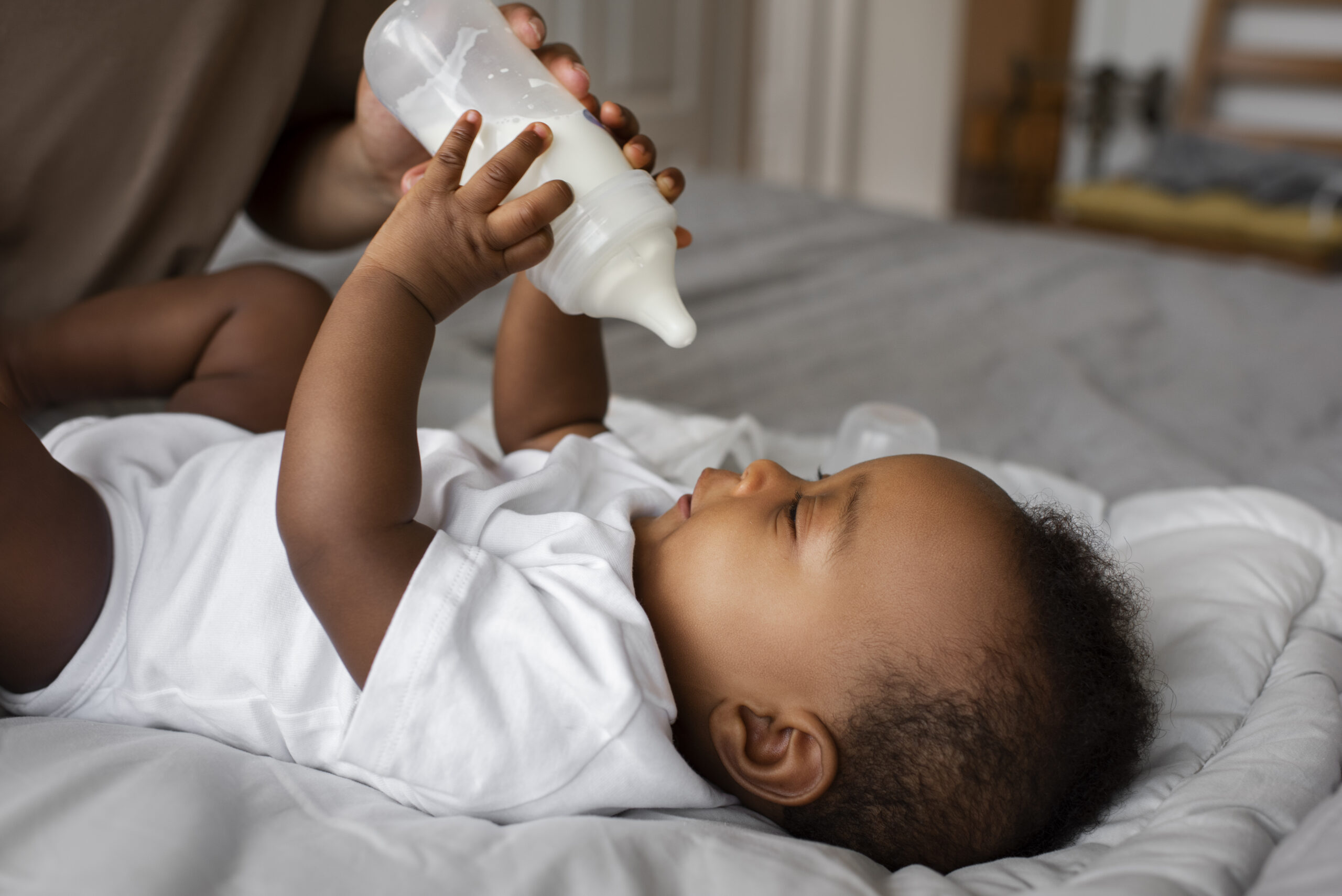Common causes of infertility in women

Conception is often taken for granted. However, for some women, it is an uphill task and a painful journey as conceiving their own bundle of joy is fraught with difficulty or may never happen at all for one reason or another.
This article explores some of the common causes of difficult conception and infertility in women.
Basically, the life of a human being starts when a sperm from a man fertilises an egg from a woman.
Ovulation – the release of a mature egg from the ovary – usually occurs around 14 days before the start of menstrual period.
The egg is then swept down the fallopian tube and ushered towards the uterus. If the egg is fertilised on its journey, it lodges on the womb lining and pregnancy begins.
There are a number of factors that can disrupt this process at any step leading to infertility.
Infertility is often described as the inability to conceive after a year of unprotected sex and one or more of the factors outlined below can cause it.
Anomalies of the reproductive system
With anomalies of the reproductive system, the problem usually lies with the fallopian tubes. Often times, the tubes or the uterus is blocked due to the presence of abnormal tissue.
Once the fallopian tube is blocked, then the eggs cannot move from the ovary to the uterus. Common causes of blockage include:
Uterine fibroids: Fibroids are growths within and around the uterus. Fibroids that grow within the uterine cavity as opposed to the wall affect fertility since they change the shape of the uterus, cervix or blood flow, which in turn affects the number and movement of eggs and sperms within the womb.
While it is possible to conceive while having fibroids, often times, it is difficult and miscarriages and cases of pre- term labour are common.
Polyps: These are non-cancerous growths on the surface of the uterus. Polyps interfere with the normal functioning of the uterus and make it difficult for a woman to remain pregnant after conception. However, they can be removed surgically.
Previous surgeries: Previous surgeries or injuries to the reproductive system and especially the uterus increase the risk of miscarriages and infertility due to scarring which makes it difficult for fertilised eggs to attach on the uterine wall.
Unusually shaped uterus: Contrary to popular belief, not all uteruses are pear shaped. Some are unusually shaped and cause complications and miscarriages. In some cases, the uterus may fail to develop altogether.
Endometriosis: This is when the cells supposed to line the uterine wall grow outside the uterus instead. This may interrupt the egg’s movement through the fallopian tube, attachment to the uterine wall or even the ability to support a full term pregnancy.
Ovulation difficulties: Diminished ovarian reserve can be attributed to a low egg count or failure to release the eggs altogether. This can be attributed to factors such as ageing of the ovaries or other conditions such as primary ovary insufficiency whereby a woman ovulates irregularly or stops producing eggs at a very young age.
Other causes include ovarian cysts (caused by endometriosis), ovarian tumours, radiation or chemotherapy, immunological conditions, being anorexic or a high body mass index resulting from being overweight.
Hormonal imbalance: Endocrine disorders where there are higher levels of some hormones than others affect the ovulation process, for instance, polycystic ovary syndrome (PCOS). This is a condition where a woman’s ovaries, and in some cases the adrenal glands, produce more androgens (male sex hormones) than normal.
These hormones interfere with the development of the ovarian follicles and release of eggs during ovulation and may cause fluid-filled sacs or cysts to develop within the ovaries.
Diseases and infections: Infections such as sexually transmitted diseases can affect fertility as they create a hostile environment for fertility. Common culprits include chlamydia and gonorrhoea, which go on to cause pelvic inflammatory disease. Infections of the cervix can also reduce the quality of the cervical environment such as thinning of the cervical mucus, which helps to create a conducive environment for pregnancy.
Autoimmune disorders such as lupus and rheumatoid arthritis can also force the immune system to attack normal body tissues and as such, cause a woman’s immune system to reject eggs or sperm for fertilisation, attachment to the uterine wall or cut off the blood supply to an implanted embryo.
READ ALSO: https://parentsafrica.com/what-not-to-say-to-someone-struggling-to-conceive/





